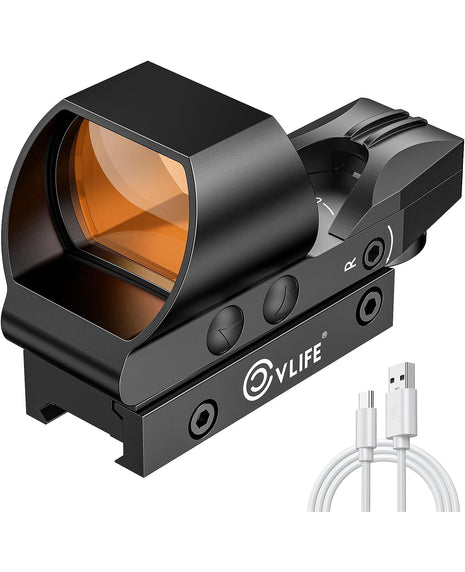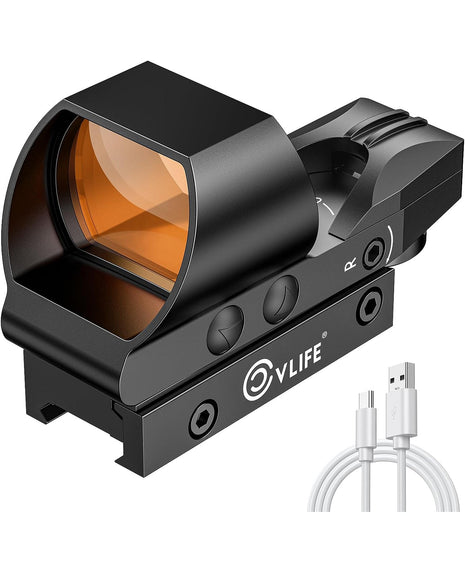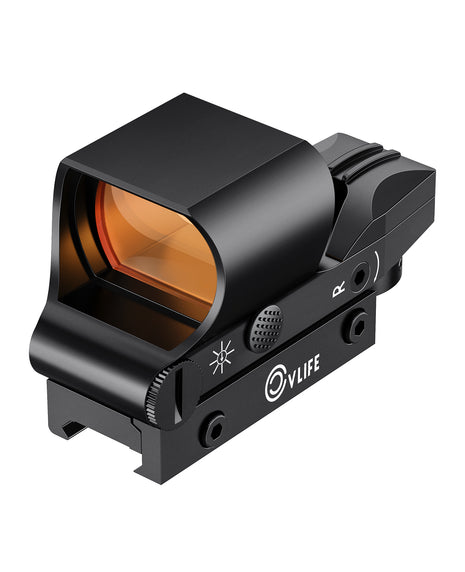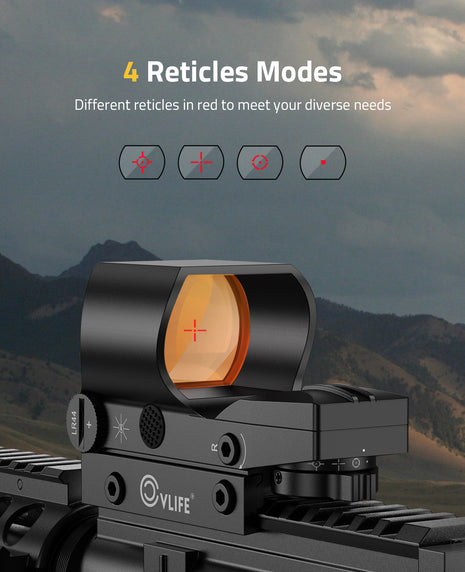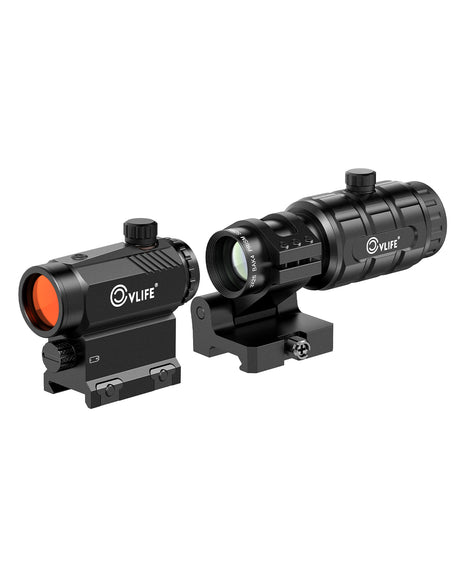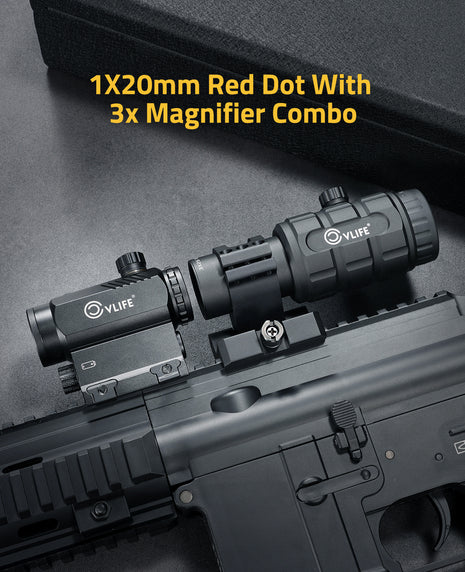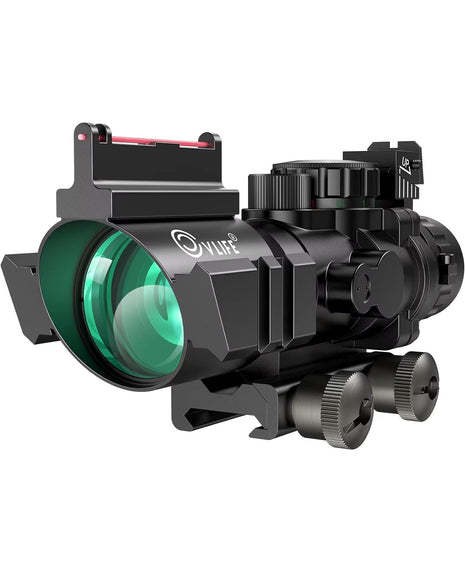How to Choose the Right Reticle & Magnification (2025 Guide)
- 8 min reading time
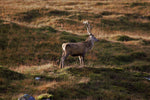
When you’re out in the field after dawn’s first light or perched on a ridge watching the valley open up, your gear has to work as hard as you do. Choosing the correct hunting scope—especially the right reticle type and magnification range—can make the difference between a clear shot and missing your moment. 🦌 In 2025, the demands on hunters in the U.S. and Europe continue to evolve: faster game movement, more varied terrain, and more emphasis on reliable optics built for real-world conditions. This guide will walk you through how to match the reticle and magnification of your scope to your terrain, your game, and your style — so you can shoot with confidence, not compromise.
📝 1. Understanding Reticles: The Hunter’s Visual Language
A reticle (also called the crosshair or aiming mark inside your scope) might seem like a simple detail, but it plays a critical role in how you gauge distance, compensate for bullet drop, account for wind, and ultimately how fast you can aim and shoot. According to experts at Field & Stream, confusion often starts when hunters don’t understand the difference between simple and multi-point reticles, or between first versus second focal plane designs.
What Is a Reticle?
In simple terms, the reticle is your reference inside the scope — the point you use to aim. But in practical hunting use, it can do much more: help you estimate range, hold over for drop, adjust for wind, and rapidly acquire targets.
Common Reticle Types (with pros & cons)
| Reticle Type | Best For | Key Advantage |
|---|---|---|
| Duplex | General hunting | Simple and fast aiming, minimal distraction |
| BDC (Bullet Drop Compensator) | Longer-range shooting | Built-in hold-over marks for drop compensation |
| Mil-Dot / MOA Grid | Precision or tactical hunting | Allows range estimation and wind/hold calculations |
| Illuminated Reticle | Dawn/dusk, low-light forest/woods | Better visibility of reticle in dim light |
💡Pro Tip: Choose clarity over complexity. The best reticle is the one you can read instantly in real hunting light.
📊 2. Magnification: Match Power to Your Terrain
Choosing the right magnification (or zoom range) for your hunting scope is more than picking the highest number you see on the box. It’s about matching the terrain, the typical engagement distance, and your ability to acquire targets quickly.
As noted by most optics experts, scopes with too high magnification in dense terrain can hamper your field of view and slow you down — while too little magnification in open country can leave you guessing your aim.
Recommended ranges by terrain
| Terrain | Recommended Magnification | Reason |
|---|---|---|
| Forests & Woodlands | 1-6×, 2-7×, 3-9× | Short-to-mid-range shots; fast target acquisition |
| Open Fields & Plains | 4-12×, 4-16× | Mid-to-long shots; broader visibility |
| Mountain & Long-Range Terrain | 6-24× or higher | Longer lines of sight; precise aiming over distance |
🔍 Example: If you hunt under the tree canopy, a 1-6× scope gives you a wide field of view and quick aiming. If you’re on the European plains where shots might go 200–300 yards, a 4-12× gives clarity and reach. For mountain ridges or open Western terrain in the U.S., a 6-24× or similar could be ideal.
🐾 3. Combine Reticle & Magnification for Real Results
Understanding reticles and magnification separately is useful — but the real magic happens when you align them to your hunting conditions.
Here’s how you might pair them:
- Forests / Woodlands: Duplex reticle/BDC reticle + low magnification (e.g., 1-6× or 2-7×) for fast target acquisition in dense terrain.
- Fields / Farmland: BDC reticle + medium magnification (e.g., 4-12×) to help manage bullet drop at 200-300 yards.
- Mountains / Open Combinations: Mil-Dot (or similar hold-over grid) + high magnification (6-24×) for long shots, wind holds and precision aiming.
By considering both together, you’ll pick a scope that doesn’t just *look good on paper*, but works in your real terrain.
🌄 4. Other Factors to Consider Before You Buy
While reticle and magnification are major elements, they’re not the only things that matter for a hunting scope built for serious use by U.S. and European hunters.
- Objective Lens Size: A larger lens gathers more light for dawn/dusk hunts but adds weight and height — balance is key.
- Eye Relief: Especially important when using high-caliber rifles — you need safe, comfortable positioning.
- Focal Plane: Decide between First Focal Plane (FFP) vs Second Focal Plane (SFP) designs. For long-range work, FFP is often preferred; for general hunting, SFP may suffice.
- Durability & Weather-Sealing: Hunting in real terrain means recoil, rough transport, changing light and weather — pick scopes that are waterproof, fog-proof and shock-resistant.
- Budget & Value: More expensive doesn’t always mean the best for "your" terrain. Match performance to your need — not just price tag.
🏹 5. Recommended Scopes for Each Terrain
Here are some excellent choices from our CVLIFE line-up. 🎯 These scopes combine optimized reticle and magnification choices for different terrains.
Why these selections?
- EagleFeather 1-8x24 LPVO Rifle Scope: Great all-round LPVO (Low Power Variable Optic) for hunters who might alternate between woods and more open terrain.
- WolfProwl 4x32 Tactical Rifle Scope: Tri-color illumination (red, green, blue) with multiple brightness settings and is designed for quick target acquisition.
- FoxSpook 6-24x50 AOE Red and Green Illuminated Scope: Variable magnification for long-range shooting and comes with a red and green illuminated reticle.
👉 Use code OCT30 at checkout to activate the 30% OFF October discount. Don’t miss — the season is now, and inventory moves fast.
Shop Hunting Scopes Now🔦 6. FAQ — Frequently Asked Questions
Q1: Is higher magnification always better for hunting?
A: No — higher magnification narrows your field of view and can slow target acquisition, especially in dense terrain. As content above mentions, for thick woodlands, a lower magnification is actually more helpful.
Q2: What’s the difference between FFP and SFP reticles?
A: In a First Focal Plane (FFP) scope, the reticle changes size with magnification, so hold-over marks remain accurate at any zoom. In a Second Focal Plane (SFP) scope, the reticle stays the same size and is only accurate at a specific magnification.
Q3: What magnification should I get for deer hunting?
A: For forest and brush hunts, something like 3-9× and below is typically more than adequate. If you hunt open fields or ridges where 200+ yard shots are common, then 4-12× or 6-18× gives you more margin.
Q4: Should I choose an illuminated reticle?
A: If you often hunt during dawn, dusk or low-light conditions (common in both the U.S. woods and European forests), an illuminated reticle makes a real difference in quick target acquisition. Otherwise, a standard reticle is fine.
🦅 7. Conclusion
Choosing the right hunting scope isn’t about picking the most expensive model or the highest magnification range—it’s about matching it to your terrain, your hunting conditions, and your shooting style. When you align your terrain (woods, plains, mountains) with a well-matched reticle (Duplex, BDC, Mil-Dot) and sensible magnification (1-6×, 4-12×, 6-24×, etc.), you give yourself a huge advantage in the field.
At CVLIFE, we build our scopes with hunters in mind—durable, clear, optimized for performance. Whether you’re stalking whitetail in the American forests or glassing chamois in the European Alps, the right optic can mean the difference between a missed opportunity and that shot you remember.
Remember: Use code OCT30 for 30% off this October—shop early, gear up, and go get the hunt. See you out there!
Tags
Featured collection
Blog posts
-

, by C V 🧐 I Thought My Red Dot Was Zeroed… Then I Tried This
-

, by C V Red Dot and LPVO: Maximize Your AR-15 Performance
-

, by C V Most Shooters Get This Wrong: The Correct AR-15 Sighting Distance
-

, by C V How to Choose the Right Optic for Your New Rifle in 2025 🔍




